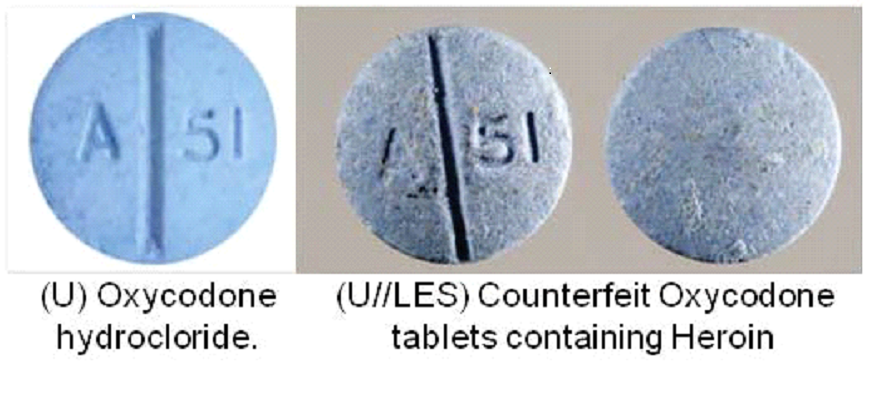Heroin in Maine
Sheriff William L King (center) was our guest and speaker on September 29. He was joined by Westbrook's Captain Sean Lally (right). Sheriff King spoke about the heroin epidemic in Maine, the origins of this crisis, and steps being taken to try to reverse the trend. He made it very clear that the face of addition has changed. It is no longer the dirty junky in the bathroom or stair well, it is now often middle class Caucasian women in their twenties. How did we get to this point?

Opiates have a chemical structure similar to endorphins so opiates lock onto endorphin receptors in the human body creating an analgesic effect and exciting neurons into a euphoric state. Over time, the addict needs more and more and eventually they do not work on their own any longer.
A commonly prescribed opiate is Oxycontin. Since it was introduced in 1996, admissions to hospitals for opiate abuse have ramped up. In 2000, an FDA report showed that Maine was in the top tier of states with misuse of this drug. By 2011, Maine topped the nation in prescription drug misuse.
Aggressive enforcement to crack down on subscribers, along with special coatings on the drug to make it harder to crush and abuse have made it harder for addicts to obtain it. Heroin has become an inexpensive alternative to feed the need, providing a clear link between heroin and the overuse of prescription opiates. In fact, counterfeit Oxycontin, actually heroin, is found in pill form that looks like the prescription drug. Heroin related emergency room admissions have increased dramatically since 2007. In the past couple of years, opiate related overdose deaths have fallen slightly, while heroin related overdose deaths have risen sharply.

In the 1960s, heroin users were only about 44% white and nearly 83% were male. In the 2010s, heroin users are 90% white and nearly 52% are women. In the 1960s, the mean age of heroin users was about 16.5. In the 2010s, the mean age is nearly 23. Treatment includes methadone or suboxone protocols to replace the need for opiates, but there are not enough beds and sober houses to meet the current need.
 The new face of addiction.
The new face of addiction.Heroin is being delivered to Maine largely via I95. This means that most drugs coming into the state pass through York and Cumberland counties. In nearly every news story on trafficking arrests, you will almost always see at least one out of state name included, often from New York. The DEA has an office in Portland and has partnered with local law enforcement to track incidents and help stamp out heroin overdoses.

